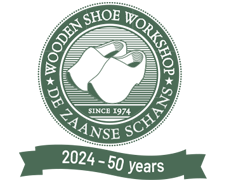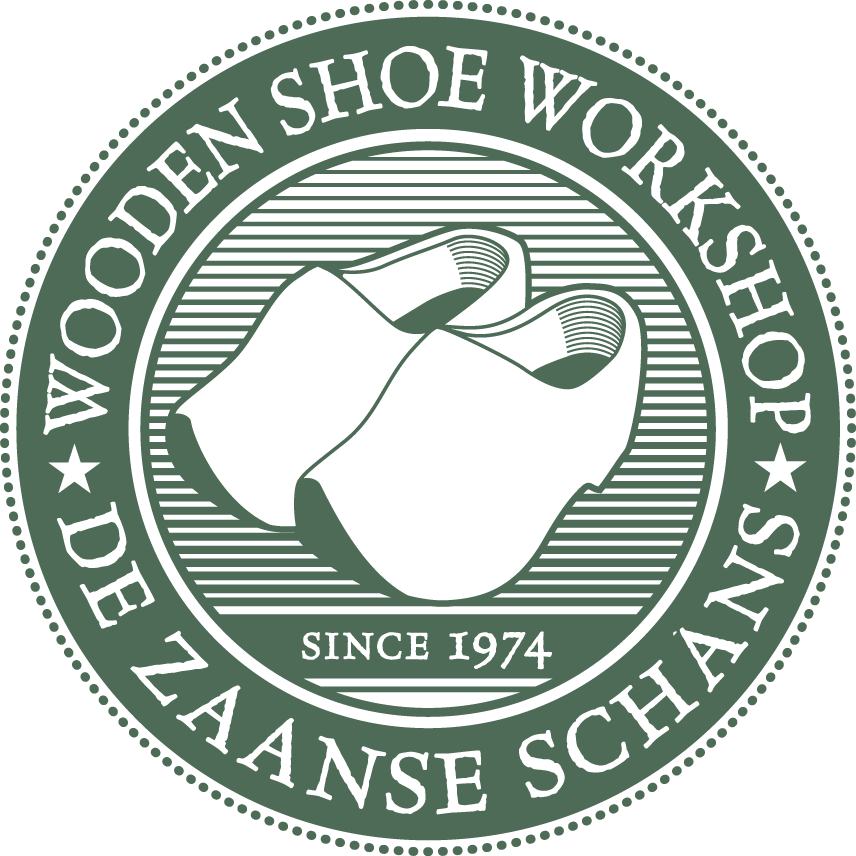

special machines were developed for the large-scale
manufacturing of wooden shoes. Making wooden shoes by
hand was far too labor-intensive and took at least two hours
per pair for a skilled wooden shoe maker. To get to that level,
it took about 7 years to learn the profession and make a
perfect pair of wooden shoes by hand. Until this day, we still
use these antique machines to show you the art of wooden
shoe making.
Wooden Shoe Workshop
‘De Zaanse Schans’
Kraaienest 4, 1509 AZ Zaandam, The Netherlands
Tel. +31 (0)75 - 617 7121
E-mail info@clogs.nl
© Copyright 2012 - 2025 | All Rights Reserved |



